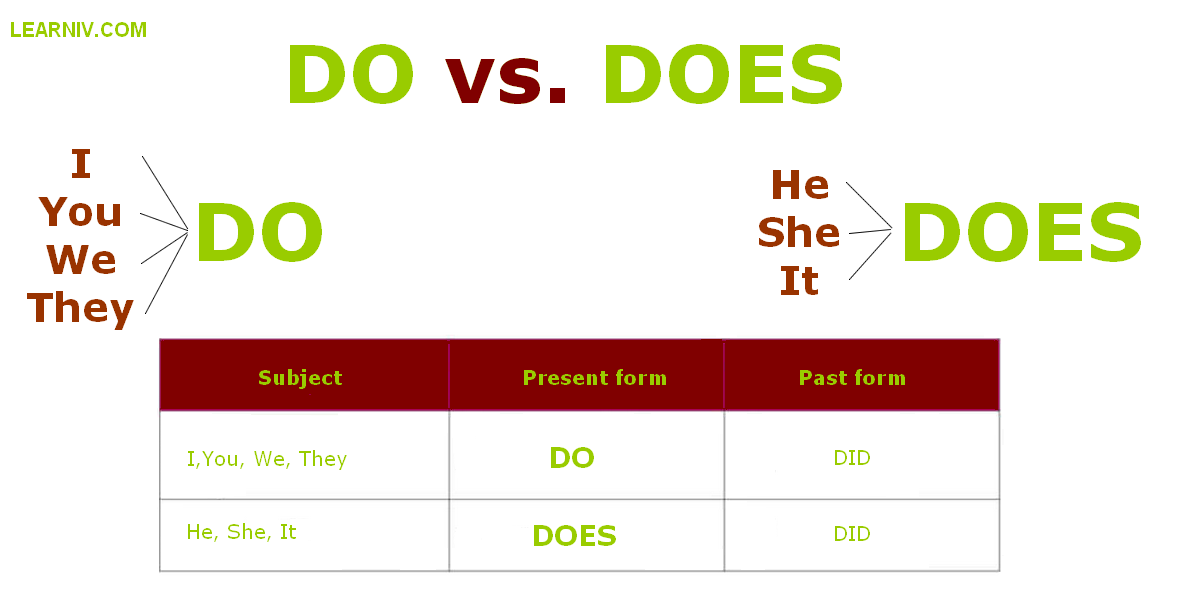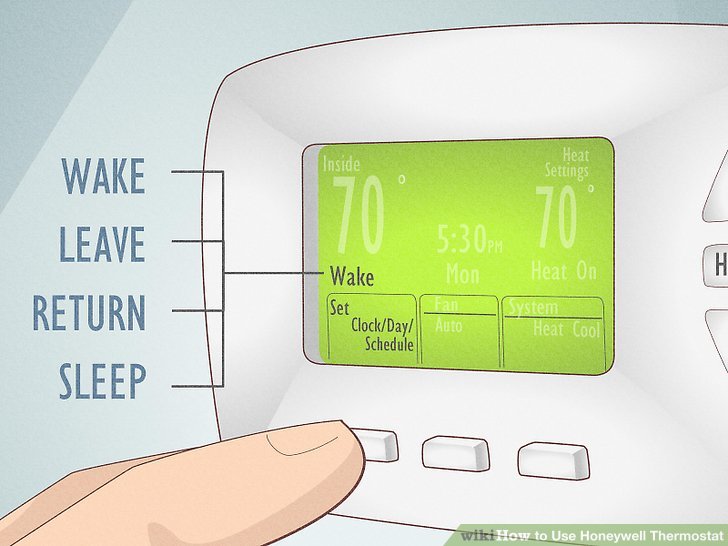Inside the Work Environment of a Lawyer: Expectations, Demands, and Opportunities
Understanding the Lawyer’s Work Environment
The work environment for lawyers is shaped by multiple factors, including the area of law, firm size, employer expectations, and case load. Whether operating within private firms, government agencies, or corporate legal departments, lawyers must adapt to demanding schedules, rigorous standards, and variable physical settings. This article provides an in-depth look at the daily realities, challenges, and growth opportunities unique to the legal profession.
Professional Atmosphere and Physical Setting
Most lawyers spend the majority of their time in a professional office environment. Law offices, whether private or part of larger firms, are typically designed for focus and confidentiality. Lawyers may work in private offices, shared workspaces, or open-plan environments, depending on organization size and resources. Common amenities include conference rooms for meetings, libraries for research, and secure file storage for sensitive documents. The atmosphere is businesslike and formal, with a strong emphasis on professionalism and decorum. Dress codes are conservative, reflecting the expectation of high standards in client interactions and court appearances [1] [4] .
Hours, Workload, and Pace
Lawyers often work long hours, with schedules regularly exceeding the standard 40-hour workweek. During trial preparation, major filings, or periods of high client demand, weekly hours may surpass 50 or more. Evening and weekend work is common, especially for litigators or those handling urgent cases. The pace is fast and deadlines are strict, requiring lawyers to prioritize tasks and manage competing demands. The workload is substantial: lawyers juggle multiple cases, draft legal documents, conduct research, and maintain constant communication with clients and colleagues. This environment can be both intellectually stimulating and mentally taxing [2] [1] .
Daily Responsibilities and Interpersonal Dynamics
Lawyers’ responsibilities are wide-ranging. They conduct legal research, draft and revise contracts, meet with clients, and represent cases in court. Communication is frequent, occurring via phone, email, letters, and in-person meetings. Lawyers must be adept at presenting arguments, negotiating settlements, and advising clients on complex legal matters. The job often requires teamwork with paralegals, clerks, and other attorneys, as well as solo work for research and analysis. Lawyers regularly supervise or mentor junior staff, which adds managerial duties to their workload. The profession can involve conflict, as lawyers handle disputes and interact with clients who may be dissatisfied or distressed. Thus, emotional resilience and effective stress management are critical [2] [3] .
Courtroom and Travel Requirements
For lawyers specializing in litigation, criminal law, or family law, court appearances are a regular part of the job. This involves arguing cases, questioning witnesses, and presenting evidence. Time in court varies: some lawyers may spend most days preparing for and attending hearings, while transactional lawyers may rarely set foot in a courtroom. Travel is often required to meet clients, gather evidence, or attend depositions and hearings in other jurisdictions. Lawyers in corporate or real estate fields may travel for site visits, negotiations, or closings. Flexibility and readiness to travel are essential traits for lawyers handling diverse caseloads [4] [2] .

Source: huffingtonpost.com
Stress, Pressure, and Coping Strategies
High stress levels are an inherent part of legal work, stemming from tight deadlines, high stakes, and extensive client responsibilities. Lawyers must deliver precise work, as errors can significantly affect case outcomes and reputations. The need for attention to detail is paramount, with repeated mental tasks and decision-making under pressure being the norm. Developing coping mechanisms is essential, such as time management strategies, regular breaks, and access to support networks. Many law firms and professional organizations offer resources for mental health and stress management, which can be accessed by contacting the American Bar Association or state bar associations for guidance on available support programs.

Source: contently.com
Opportunities for Career Advancement
Career growth in law depends on experience, performance, and specialization. Lawyers may advance to senior associate, partner, or management roles within a firm. Developing expertise in specific practice areas-such as intellectual property, tax law, or environmental law-can open pathways to higher compensation and specialized careers. Building a strong reputation, networking, and continuous professional development are key to upward mobility. Lawyers interested in public sector or corporate roles can explore opportunities through official government job portals or company career pages. To learn more about progression and opportunities, consider searching for ‘bar association career resources’ or contacting professional legal organizations.
Workplace Culture, Competition, and Collaboration
The legal profession is highly competitive. Lawyers often operate in environments where career advancement depends on performance, client results, and reputation. Collaboration is essential, but so is the ability to work independently and make decisions with broad impacts. Lawyers regularly interact with colleagues across departments and may participate in team-based case work. Despite competition, many firms promote mentorship and continuing education, facilitating skill development and networking. Workplace culture varies: some firms emphasize work-life balance, while others maintain traditional structures with longer hours and hierarchical advancement [5] .
Physical Demands and Variety
While legal work is not physically demanding compared to many professions, it requires sustained mental effort and focus. Lawyers spend most time indoors, often seated at desks or in meetings. The job is mentally repetitive but offers variety through different cases, legal issues, and client interactions. Lawyers who thrive on solving complex problems will find satisfaction in the intellectual challenges and evolving nature of legal practice. For those seeking greater physical activity or fieldwork, roles in investigative law or compliance may offer alternatives.
Emotional Intelligence and Personal Attributes
Compassion and empathy, while valuable, are not always considered central to success in law. The profession prioritizes analytical thinking, attention to detail, and resilience. Nevertheless, lawyers who cultivate strong client relationships and demonstrate understanding can differentiate themselves in competitive markets. Emotional intelligence helps lawyers navigate conflict, negotiate settlements, and build trust.
How to Access Legal Career Opportunities
If you are interested in pursuing a legal career or seeking opportunities within the field, consider these actionable steps:
- Contact your local or state bar association for information on licensure, continuing education, and career resources. Search for ‘state bar association career center’ for targeted results.
- Explore law firm and corporate legal department career pages for current openings. Use search terms like ‘legal jobs at [company name]’.
- Reach out to professional legal organizations such as the American Bar Association for mentorship programs, job boards, and networking events. Visit their official website or call their career services hotline.
- Consider internships or clerkships for hands-on experience and networking. Universities and career centers can provide listings and guidance.
- Maintain your professional credentials and pursue continuing education to enhance advancement opportunities.
Alternative Pathways and Challenges
Not all lawyers work in traditional firms. Opportunities exist in government, non-profit, academia, and corporate settings. Each environment offers unique challenges, from public service demands to in-house counsel responsibilities. Research each sector thoroughly before applying, and seek informational interviews to gain insight into workplace culture and expectations. Challenges such as high stress, long hours, and the need for precise work can be managed through support systems, effective time management, and ongoing professional development.
References
- [1] CareerVillage (2024). What are the working conditions in a law office?
- [2] Illinois WorkNet (2024). Attorneys – Working Conditions.
- [3] CareerExplorer (2024). What does a lawyer do?
- [4] Indeed (2025). What Do Lawyers Do? (With Work Environment and Skills)
- [5] CareerExplorer (2024). Lawyer work environment – Careers.
MORE FROM mumsearch.com













